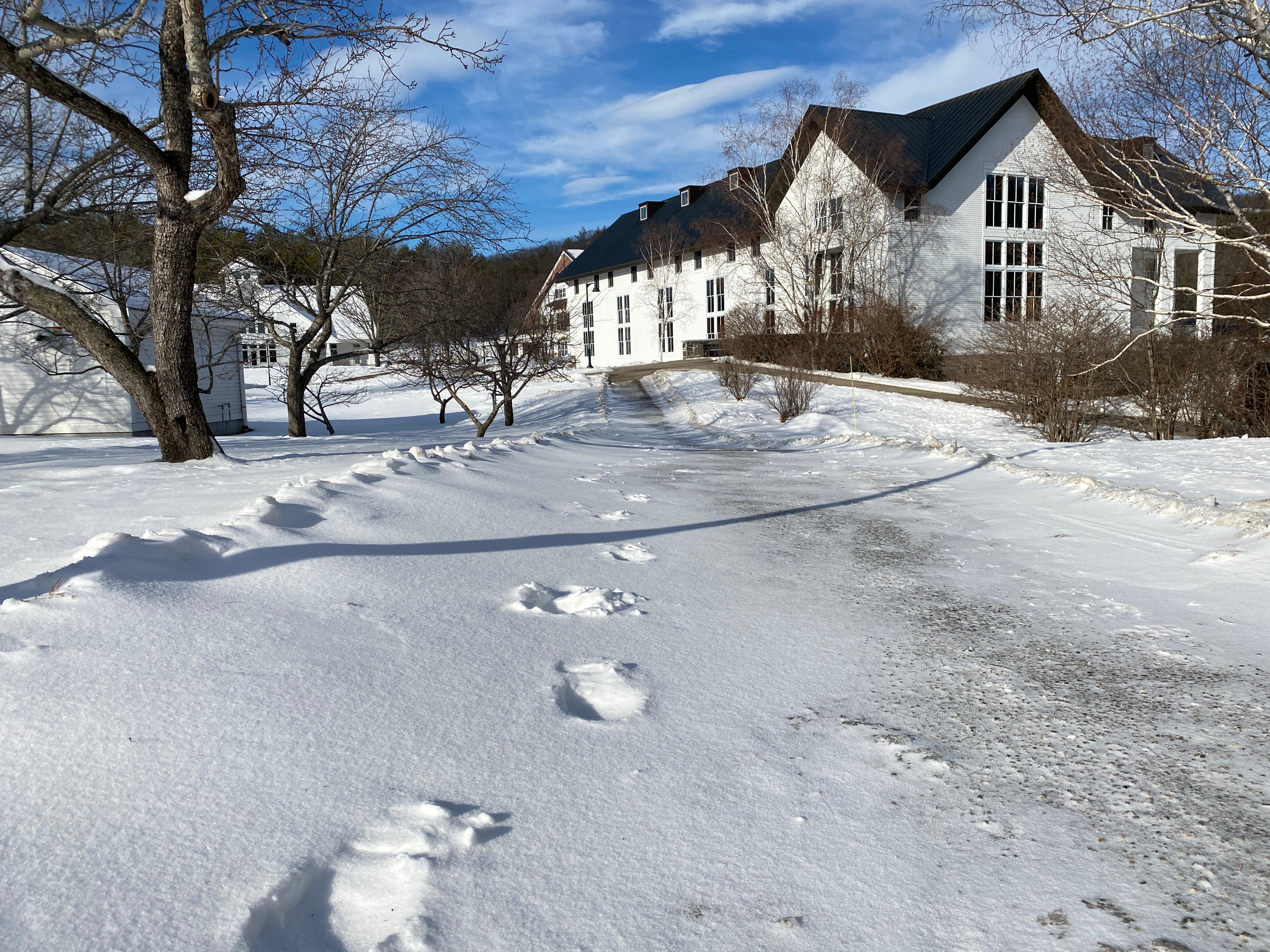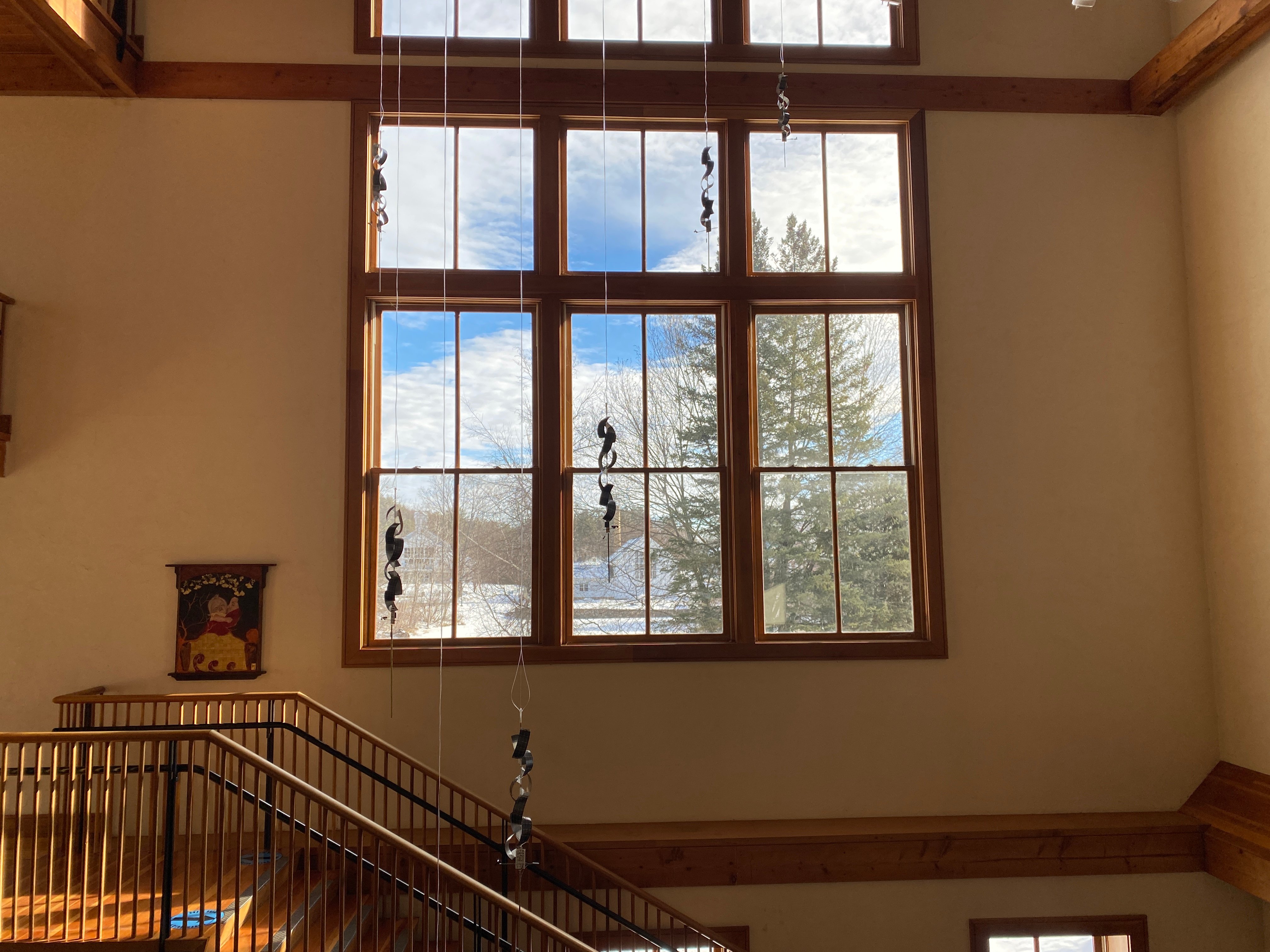Walking to assembly Thursday morning, Wednesday night was still very much with me. The images from Washington, Capitol Hill, jarring: the confederate flag in the capitol, the images of doors being barricaded, guns drawn, members of congress crouching under desks. As Nicolas Kristof wrote in an editorial for the New York Times, “I’ve covered attempted coups in many countries around the world, and now I’m finally covering one in the United States.” How to find context for hope in all of this?

I think about our students, this community, the impact of Wednesday’s events reverberating through the households. Many of us were glued to screens, locked in to news feeds. We flipped from station to station, scrolled through social media. We watched the mayhem that had been encouraged by leaders who in Orwellian fashion had created their own calculus of truth. The images from this week now join other images from this past year, images that include George Floyd’s death, BLM protests, or pandemic morgues set up in refrigerated trucks. The slide show of our time can be overwhelming. Confusing. How, in all of this, do students find a context for hope? What do we do to wrest the smallest bit of control back?

We are learning, all of us, the hard lessons of interconnectivity. The necessity lesson. When I was young, maybe 10 or so, I remember being on a summer trip and on an interstate somewhere between New York state and Massachusetts. I don’t remember much. It was hot, the windows were down, the traffic was thick and moving fast. We were in a construction zone when I heard the howl of rubber locking up against the pavement. Whipping my head around I saw a car that had roared into the construction lane at high speed and had locked up its brakes. It was orange, it was bright. I saw the expression on the face of the man standing on the back of the construction vehicle just before the car smashed into it. But we were traveling at 60 mph.I never saw the impact. In ten seconds we were gone. To this day the images remain bright, yet I don’t really know the aftermath. There was a disconnect. Today, however, the images don’t have that disconnect, and much as we would like to think that the next news cycle erases the previous, I don’t think that happens. We see the aftermath. We are seeing it again and again, binge watching a disturbing reality. We saw it Wednesday.

Photo: Carol Guzy / Zuma Wire
We carry a burden in education. Ours is the responsibility to teach students to question (based on facts, not conspiracy theories) and to see connections, but I believe it is also our responsibility to seed hope. That can feel more and more overwhelming these days, particularly when we see our sacred institutions, imperfect as they are, upended and degraded. Hope, however, still has a place in this landscape. The very fact that Congress reconvened that same night is an example. One must also believe that those responsible for inciting and participating in the violence will be held accountable. That, too, is part of the landscape of hope. Some of the speeches in Congress on Wednesday night, courageous ones, are worth watching. Senators Cory Booker and Ben Sasse delivered memorable ones. Hopeful. Our students must see those and others.
And we, too, have an obligation to remind ourselves and our students that the energy that we put out in this small Proctor community feeds back into the larger grid. Our acts of kindness, our stepping up to responsibilities, our maintaining the day to day fabric of community has an impact. Even if we are not in Congress. Even if we are not directly in the streets pushing back against the mob. Our acts of caring and compassion, our honesty, our adherence to facts not fictions, our connections to and support of our neighbors all feeds back. It can help push back nihilism and chaos. It can help create a diverse and more perfect union.
We have to do this work. To not take it up is to let those images of destruction stack up and overwhelm our students. It is to see both the accident and the aftermath, and to believe we are helpless. Our calling demands that we do more.

Mike Henriques P'11, P'15
Proctor Academy Head of School








